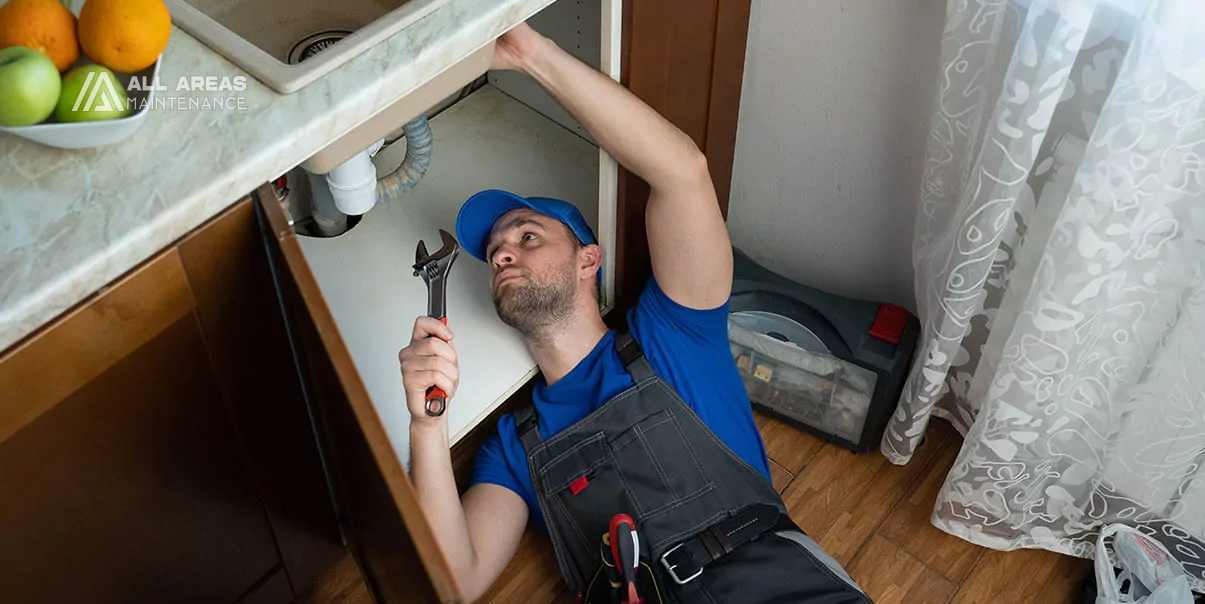Scorch marks can appear on various surfaces, including fabrics, wooden furniture, carpets, and countertops,
Professional cabinet unit repair
Cabinet units are vital in both kitchens and bathrooms, offering storage and enhancing the overall look of the space. Over time, wear and tear, water damage, and daily use can cause them to lose their charm or functionality. While minor fixes can be handled with DIY methods, professional cabinet repair ensures a long-lasting and flawless outcome.
Here’s an in-depth look at professional cabinet unit repair, its benefits, and why it’s worth the investment.
Common Issues with Cabinet Units
- Loose Hinges
- Caused by overuse or improper installation, leading to doors that don’t close properly.
- Warped or Swollen Panels
- Often due to water damage or exposure to high humidity, affecting the cabinet’s structure.
- Scratches and Dents
- Everyday use can leave marks that diminish the unit’s aesthetic appeal.
- Broken Handles and Knobs
- Frequent use may loosen or break handles, making them difficult to use.
- Sagging Shelves
- Excessive weight or weakened materials can cause shelves to sag over time.
- Peeling Laminate
- Poor-quality adhesives or prolonged use can lead to laminate peeling off the surface.
- Loose Hinges
Benefits of Professional Cabinet Repair
- Expertise and Precision
Professionals have the tools and experience to handle repairs with accuracy, ensuring a seamless finish. - Cost-Effective Solution
Repairing cabinets is often more affordable than replacing them entirely. - Customized Repairs
Professionals can match repairs to your existing design, preserving the overall aesthetic of your space. - Time-Saving
Professionals can complete complex repairs quickly and efficiently, saving you the hassle of trial and error. - Prolonged Lifespan
Professional repairs restore functionality and durability, extending the life of your cabinet units.
Types of Professional Cabinet Repairs
1. Structural Repairs
- What It Includes: Fixing warped panels, replacing broken shelves, or stabilizing wobbly units.
- Why It’s Important: Ensures the cabinet retains its shape and strength.
2. Hardware Replacement
- What It Includes: Replacing handles, hinges, or drawer slides with upgraded or matching parts.
- Why It’s Important: Improves ease of use and modernizes the cabinet’s appearance.
3. Surface Refinishing
- What It Includes: Sanding, painting, or staining wooden cabinets to restore their original beauty.
- Why It’s Important: Refreshes the look and protects against further wear and tear.
4. Laminate Repairs
- What It Includes: Re-gluing peeling laminate or applying a new laminate sheet.
- Why It’s Important: Maintains the smooth surface and prevents further damage.
5. Water Damage Repair
- What It Includes: Treating or replacing parts affected by water, such as swelling or mold.
- Why It’s Important: Preserves the cabinet’s structural integrity and prevents health risks.
When to Replace Instead of Repair
While repairs are often the best option, there are instances where replacement may be necessary:
- Extensive Damage: When cabinets are heavily damaged beyond repair.
- Outdated Design: If the style no longer suits your space or needs.
- Compromised Structure: When the base materials are too weak to support repairs.
Choosing the Right Professional Service
- Experience and Expertise
Look for repair specialists with a proven track record in cabinet restoration. - Portfolio
Review their past projects to ensure their style matches your expectations. - Customer Reviews
Check reviews or testimonials for insights into their reliability and quality of work. - Warranty
Ensure they provide a warranty on their services for peace of mind. - Customization Options
Choose a service provider who can tailor repairs to meet your specific needs.
Maintenance Tips to Prevent Cabinet Damage
- Clean Regularly
Wipe down cabinets with a damp cloth and mild cleaner to prevent buildup of grease and grime. - Avoid Excessive Weight
Do not overload shelves to prevent sagging or structural damage. - Protect from Water
Use mats or liners to guard against spills and wipe up moisture immediately. - Check Hinges and Handles
Tighten loose screws and replace worn-out hardware to maintain functionality. - Use Protective Coatings
Apply varnish or sealant to wooden cabinets for added durability.
Conclusion
Professional cabinet unit repair is an excellent way to restore the beauty and functionality of your cabinets without the expense of replacement. From fixing minor scratches to addressing water damage, experts can tackle a wide range of issues with precision and efficiency.
Ready to transform your cabinets? Contact a trusted repair service today and enjoy a refreshed, functional space that looks as good as new!







Cras a mi tincidunt, fermentum ligula eu, pharetra magna. Cras nunc magna, dignissim sit amet iaculis lobortis, mollis sit amet lectus.